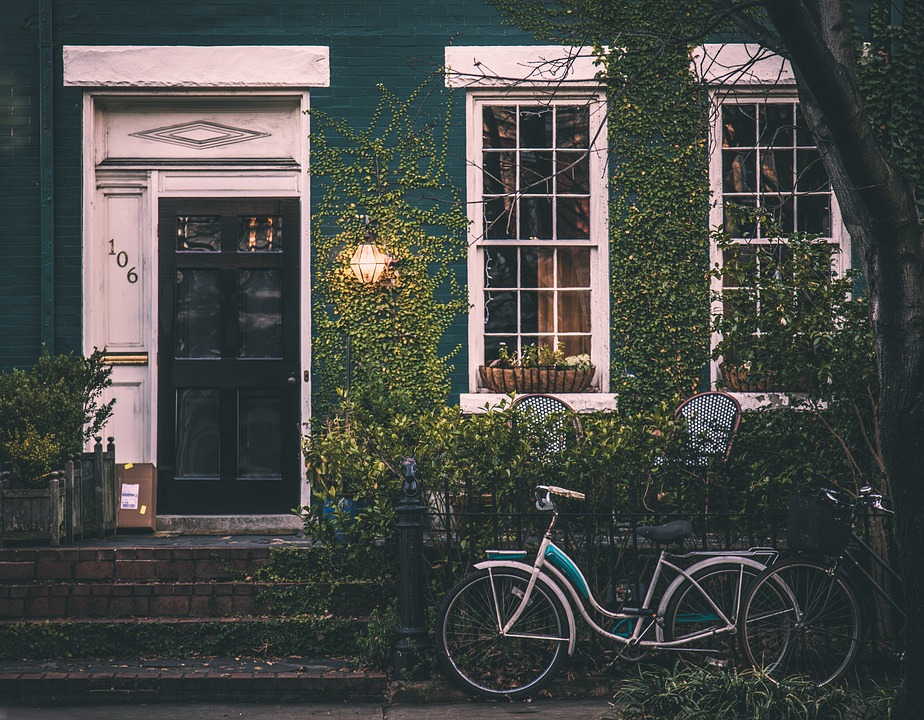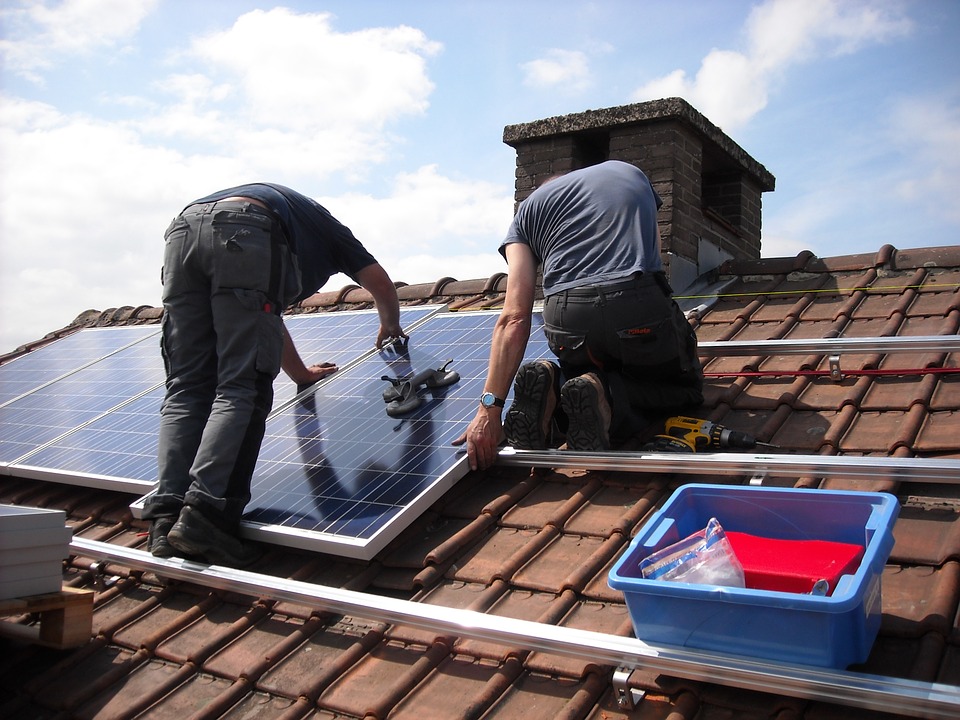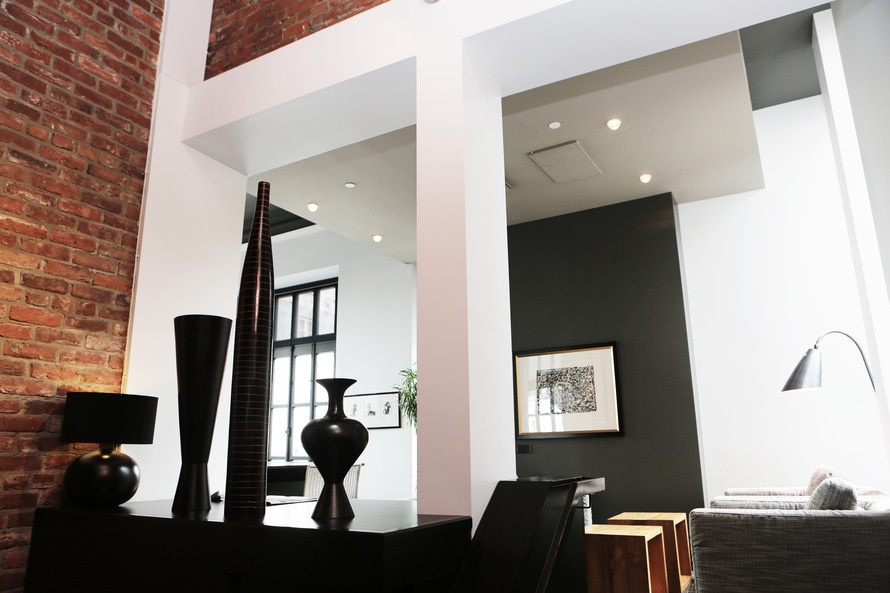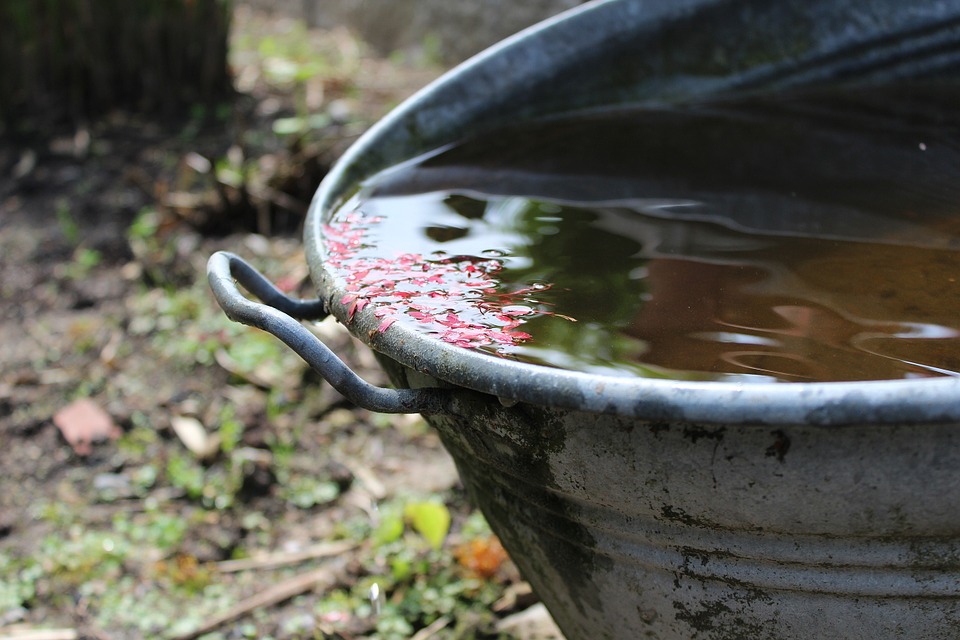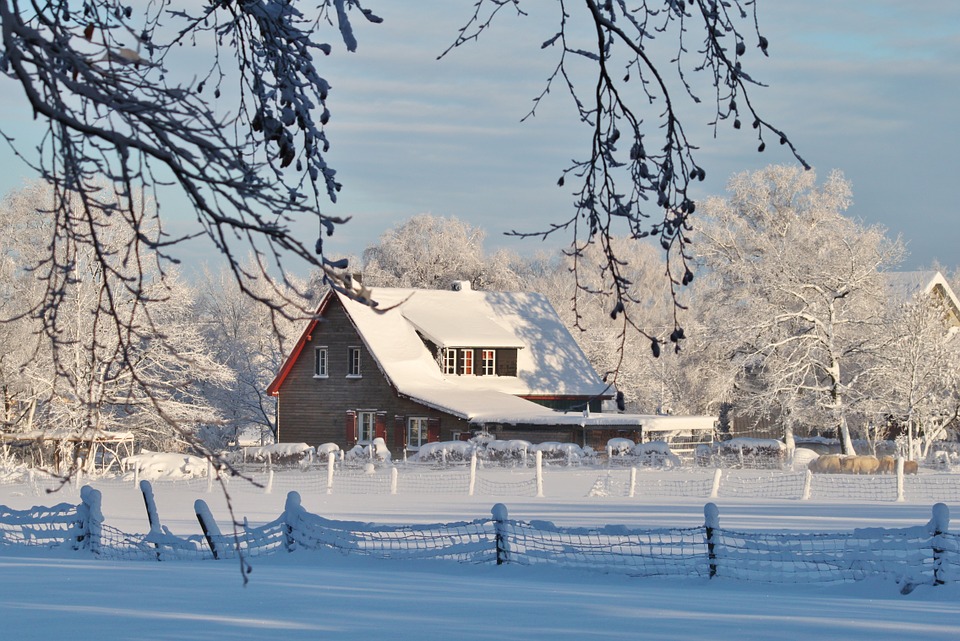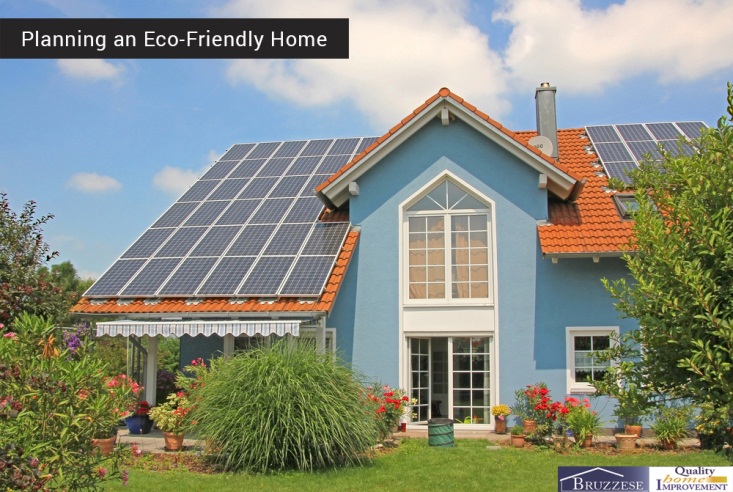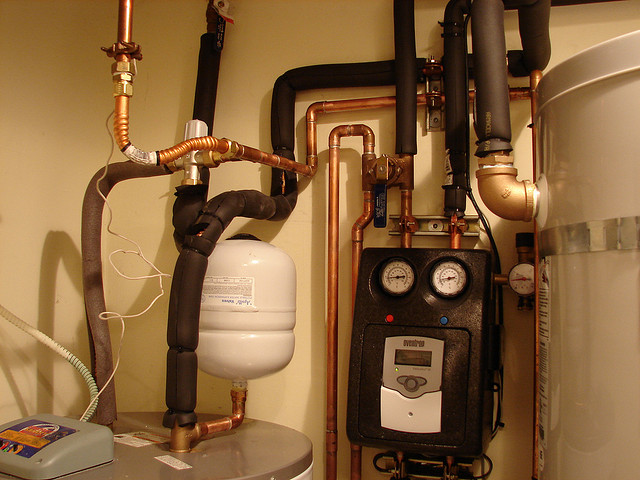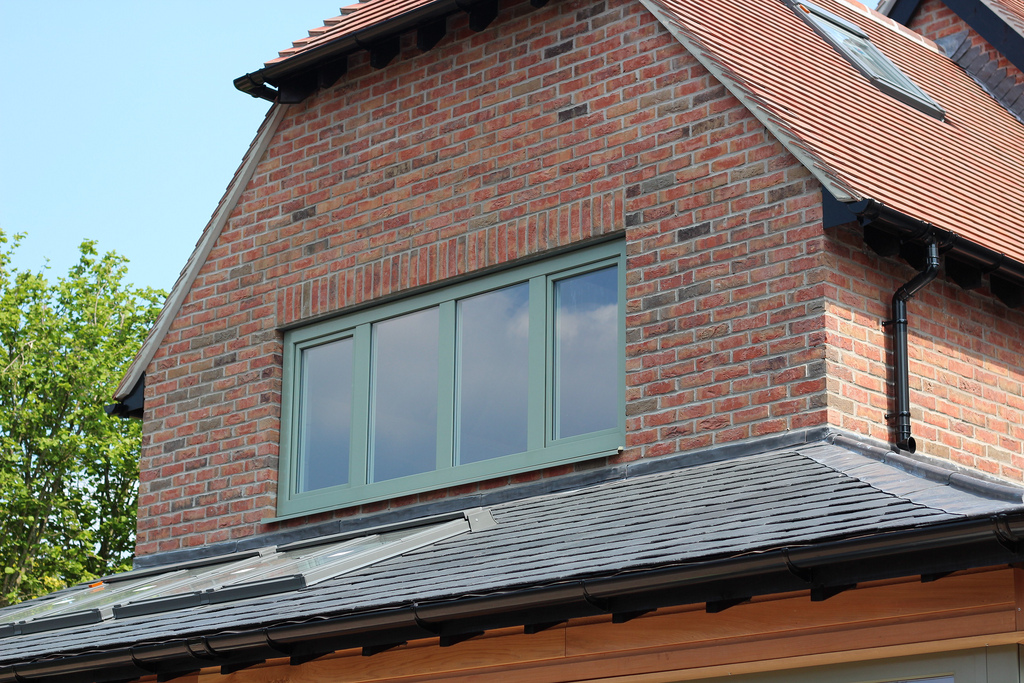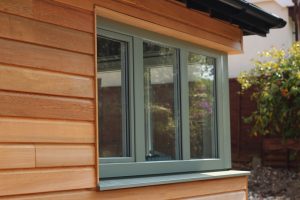In the past, we dwelled so much on efficiency that we forgot about finiteness of many things. In other words, we were occupied with how fast we can and we completely forgot to ask for how long we can keep up with this pace. Luckily, seems like things are about to change, since the world is growing more and more aware that our only exit lies in sustainability. A revolution as significant needs to start in our very homes. This being said, here are some latest trends and innovations in sustainable design, which are bound to make a big splash in 2016.
Always look for the local materials
Regardless if we are talking about the construction of your home, your furniture or simply your home decoration, local materials are almost always eco-friendly. The reason for this is quite simple. With local products, you can completely eliminate transportation which is a huge issue when it comes to pollution. Furthermore, by investing in local goods, you will strengthen your regional economy which may also encourage others to do the same. So, always go for local furniture stores when equipping your home and local materials if you are building it on your own.
Zero energy home
In order for your home to become genuinely ‘’zero energy’’, it needs to have two major features. First one is that it saves as much energy as possible – which means that good insulation and quality residential windows are a most definite must. Good windows can cut down your heat loss down to 40%, which is not a figure to be trifled with. The second feature of a “zero energy” home is that it creates its own energy. Which is why, it is a good idea to install either a compact wind turbine or several solar panels at the roof or in the backyard. Bottom line is that the amount of energy that you produce is approximate to the amount you spend; hence the name “zero energy”.
Energy saving appliances
This next issue we need to deal with is in direct continuation of the last part. Namely you can make a whole world of difference by finding some energy saving appliances for your home. You can always look for a fridge, stove or even TV that spends less power. Of course, before any of that, you might want to replace all your iridescent light bulbs with some stylish yet eco-friendly designer LED lighting. The difference that these two make for our planet is so big that iridescent bulbs are on their way to be banned in the entire of EU. Sure, each of these items separately may not save that much, but try to combine them and their joint saving is more than significant. In other words, not only is this step great for our planet, but for your budget as well. A clear win-win scenario if there ever was one.
Power is not the only resource
Now, when earlier we spoke about making a sustainable home, we usually talked about either power or fossil fuels (in raw materials section), however saving water can be equally as important. There are several ways in which you can make a difference here and the choice is all yours. You can start by gathering rainwater and conserving it for later use in either bathroom or for watering your garden. Furthermore, you can replace all your bathroom appliances with low flow ones. Low-flow faucet, shower and even toilet all spend no more than 1/3 of the water their regular counterparts do. Finally, even just raising your awareness a bit can make a huge difference in your monthly and annual water spending.
As you can see, most of these innovations do not require too much of an effort, but they do require a no small initial investment. Although this scares a lot of people away, just keep in mind that while saving the planet these features also save your own money, by making you pay less for your power, water and heating bills. This being said, in time, each and every one of these investments is bound to pay off in due time. If you are planning for the long run, than these renovations are absolutely mandatory.
Guest post by:
 Chloe is an art historian, recreational ballet dancer and a contributor at smoothdecorator.com. She is passionate about photography, dance and music. Her biggest dream is to travel the whole world with her husband and take stunning photographs of beautiful places. She also enjoys learning and writing about home design, since she is crazy about aesthetics. You can find Chloe on FB, Twitter, and G+.
Chloe is an art historian, recreational ballet dancer and a contributor at smoothdecorator.com. She is passionate about photography, dance and music. Her biggest dream is to travel the whole world with her husband and take stunning photographs of beautiful places. She also enjoys learning and writing about home design, since she is crazy about aesthetics. You can find Chloe on FB, Twitter, and G+.

